

I took a trip to the Blue Rose Dairy back in March and it was quite an experience. I drove about 100 miles into
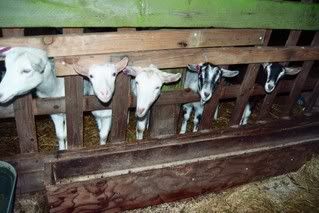
Rhonda and her husband (who was laid up with a torn tendon in his arm - after lifting the new pasteurizer into place!) and their daughters manage the farm, milk the goats and make the cheese. The family and their farm have been featured in the local newspaper a number of times. I found them all to be incredible helpful, open and inviting!
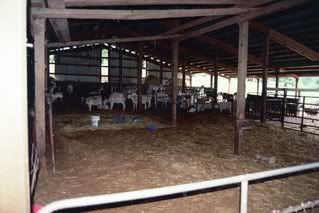
I arrived around 2 p.m. and had a tour of the farm. I was also told the back story (related on their home page) about the trials and tribulations they have gone through over the past 5 years to get where they are today. Rhonda states that she never heard of a goat dairy until she saw the one for sale in Winlock. She had always milked a few goats, though, for milk and to make cheese for family and friends. They took over Blue Rose in late 2003 and their first few seasons were quite taxing. One of her first pieces of advice to me was, "never purchase a goat unless you have laid your hands on it." Her first group was sickly, skinny and horned. The second group, also bought sight-unseen, were wild and pregnant! Finally, the group they have now; a mix of Saanen and Alpine with a few others, are moving towards the type of herd she wants to have.
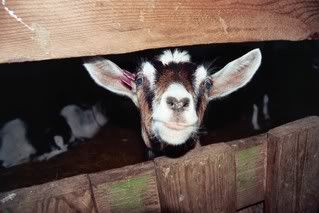
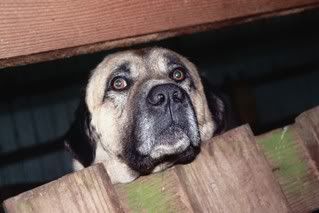
After the tour, in which she showed me their milking parlor (an "inline 8" as opposed to the "v-8" I saw at the sheep dairy), the new cheese "cave" (a spiffy converted refrigerated semi-trailer), their 5 bucks and their Anatolian guard dogs, I asked Rhonda what she would add to her farm if money were no object. She said that she would microchip all of her does for feeding and medicating. Currently, they have a large hopper that delivers the feed the does eat during milking, and she adds her special mix of supplements. She also said that she would like some kind of way to automatically measure the amount of milk from each doe. Being that she is currently building the herd and not planning to sell anything but her least-performing does, she really doesn't see the need to track milk production right now.
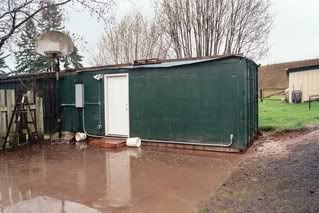
(The Cave)
After a cup of tea and the perusal of some goat and cheese books, we got ready to milk and feed the kids. Her three daughters are the ones in charge of separating the "dry" females (pregnant) from those who are milking, as all are allowed to mingle together in the barn. I was able to feed two of the little black Alpine baby goats ("kids") who were only a few days old, yet did not really take to the bulk feeder (a contraption that looks like a feed bucket with nipples at the bottom) and had escaped back into the main herd a few times to feed off of mama. They weight little more than a house cat and sat in the wheel barrel until I was done feeding them. Then we moved into the milking parlor to go through the whole process of milking. Rhonda said she wished she could shave the goat's butts early on so they would be tidy and neat for milking time (since that's what the farmer looks at as they milking happens.) She let me set up some of the does, a process that includes stripping the first two or three squirts of milk from the utter. Unlike milking a cow, where one starts at the top of the teat and slowly pulls downward, with goats, it's a bit like milking a two fingered rubber glove filled with water. You grasp high on the teat and squeeze with all your might (no need to pull downward.) The reason for stripping is because the first few squirts have been shown to have the most bacteria in them.
After we milk for a while (the setup had been in existence since the farmer who sold the dairy had also had goats - he had moved to a larger, new facility), Rhonda decided to make use of my extra pair of hands (since her husband was in a sling) to debud Jessie James, a male kid that the girls were training to be a pack goat. This was pretty intense, since it involves applying a brand to the horn bud to burn it dead. The goat is placed in a box with just his head sticking out and then the iron is placed over the horn bud - since Jessie's horns were a little ways grown in, we had to do this a couple of times. By helping with this, I was taught a valuable lesson - dehorn early! We also got to place a rubber band around his boy-parts to castrate him (the balls dry up and fall off due to the lack of blood.) All around, Jessie had a pretty strange day, but once he was placed back in with the other kids, he seemed fine.
That was pretty much it for the visit. However, Rhonda and I have kept email contact, and I may be helping her at the farmer's market this year - I'll let you know!
The Blue Rose home page is a little hard to read, but is kept up to date and can be found here:
- Das Ghot Maide
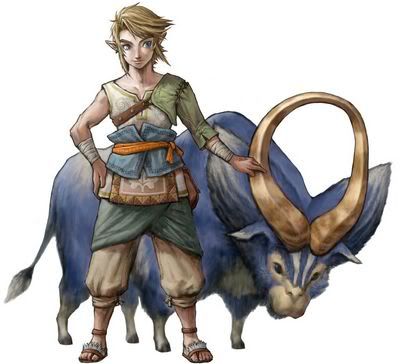


1 comment:
This is a comment - this is only a test!
Post a Comment